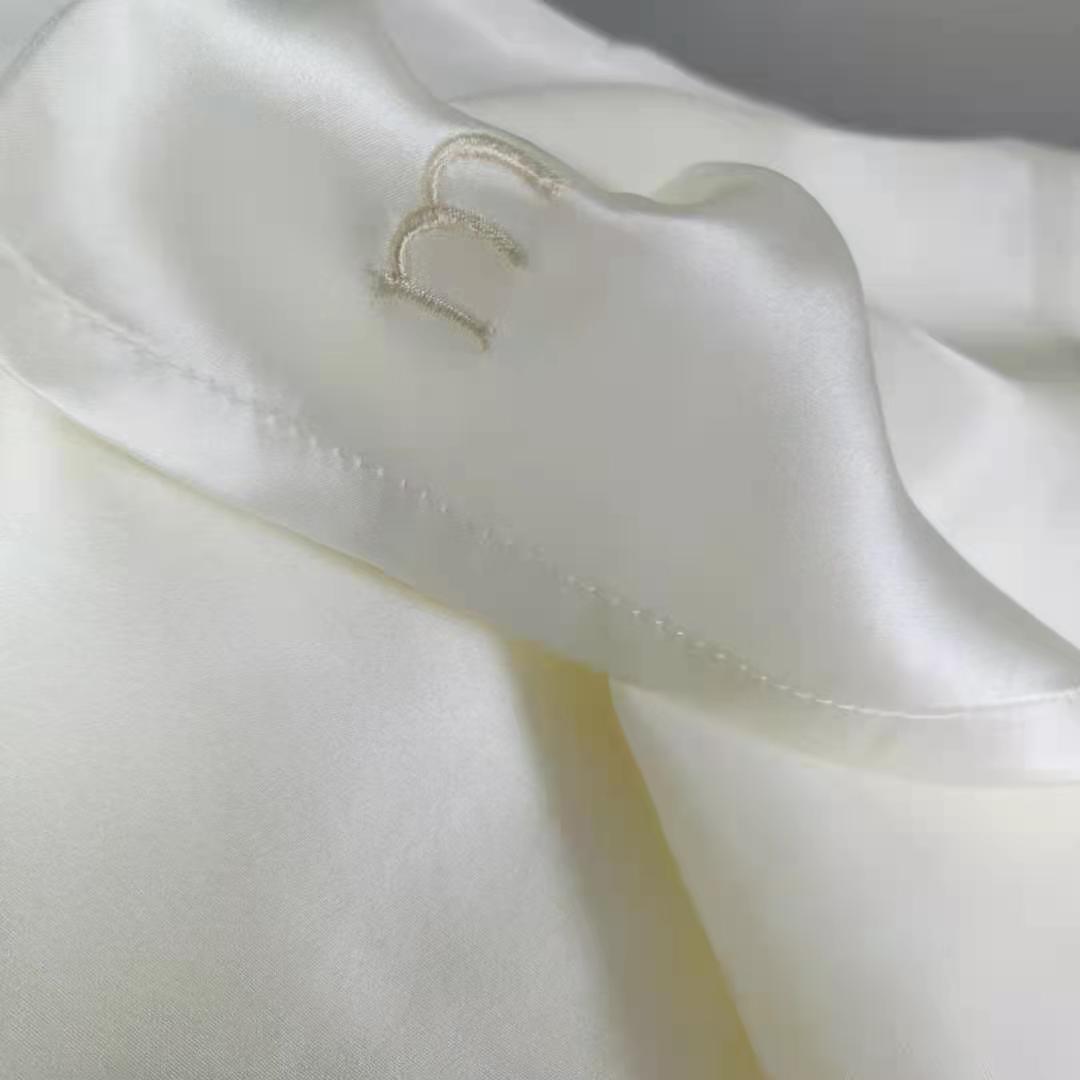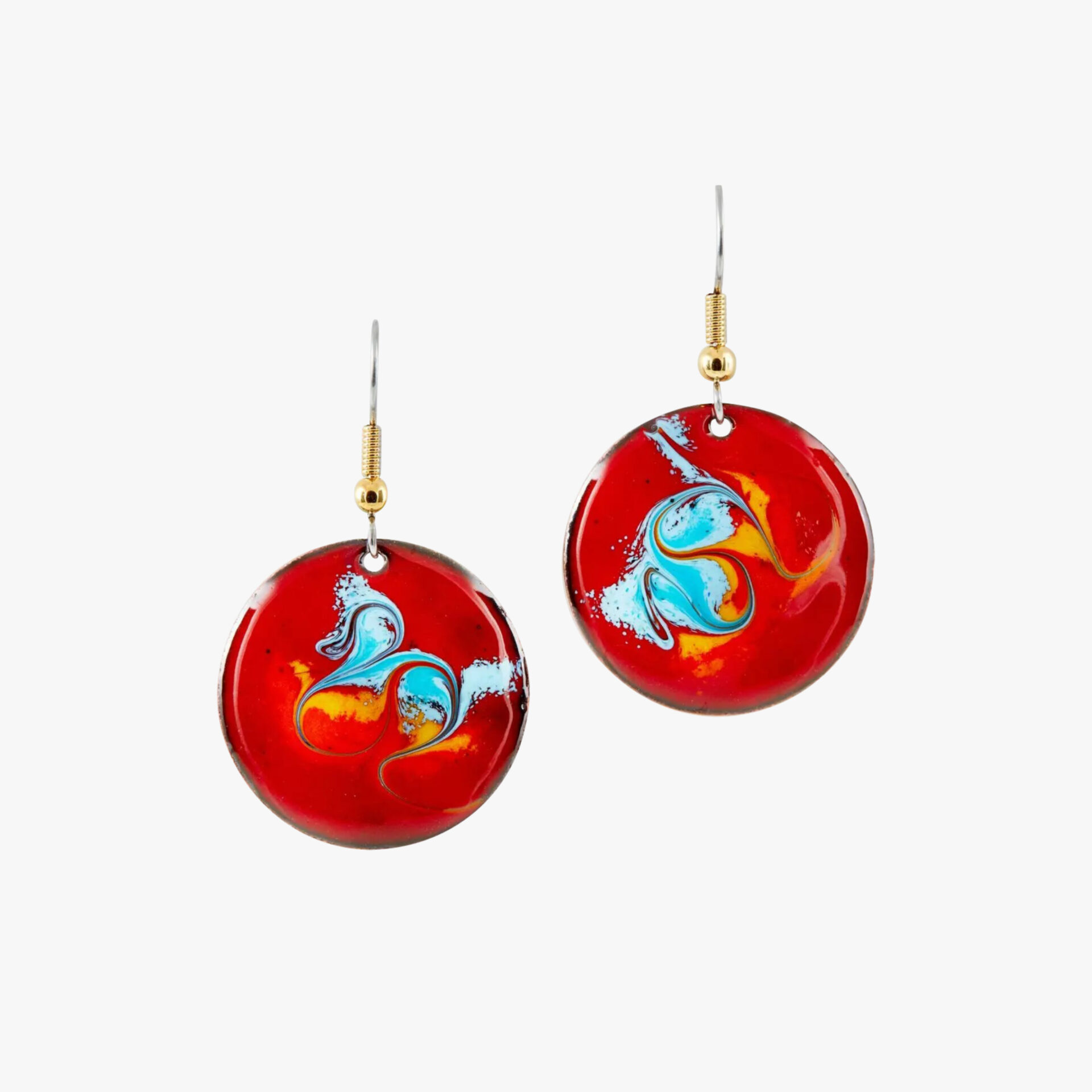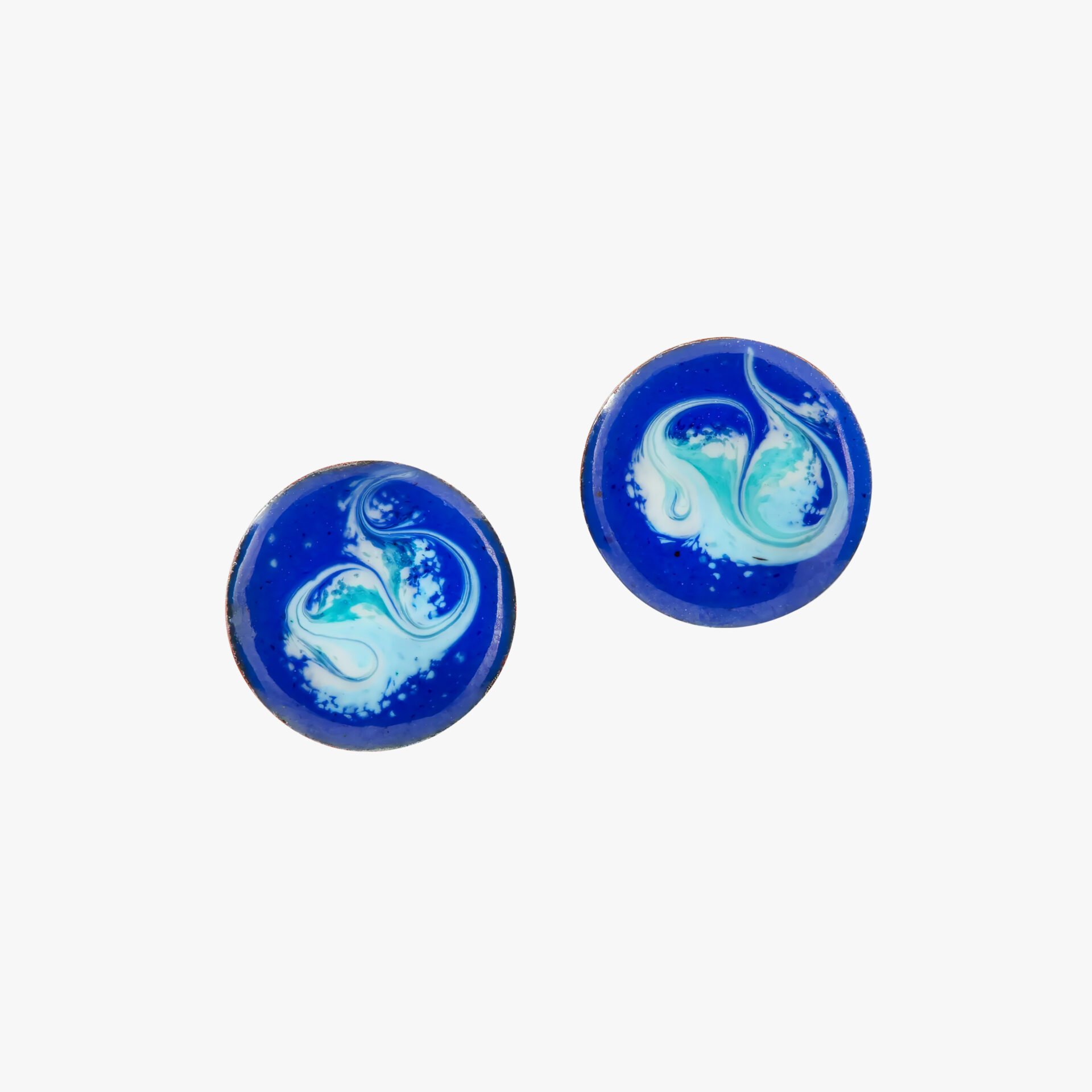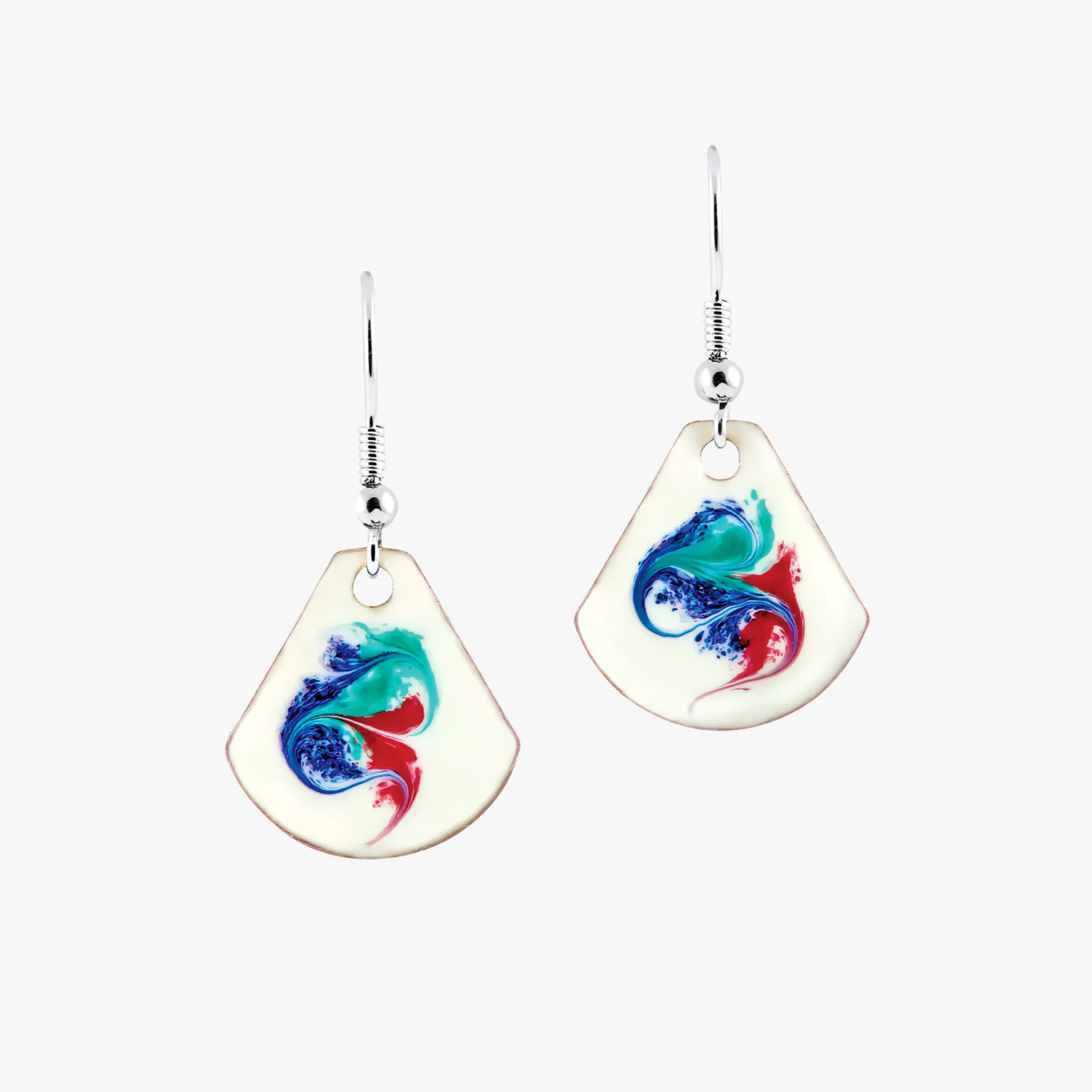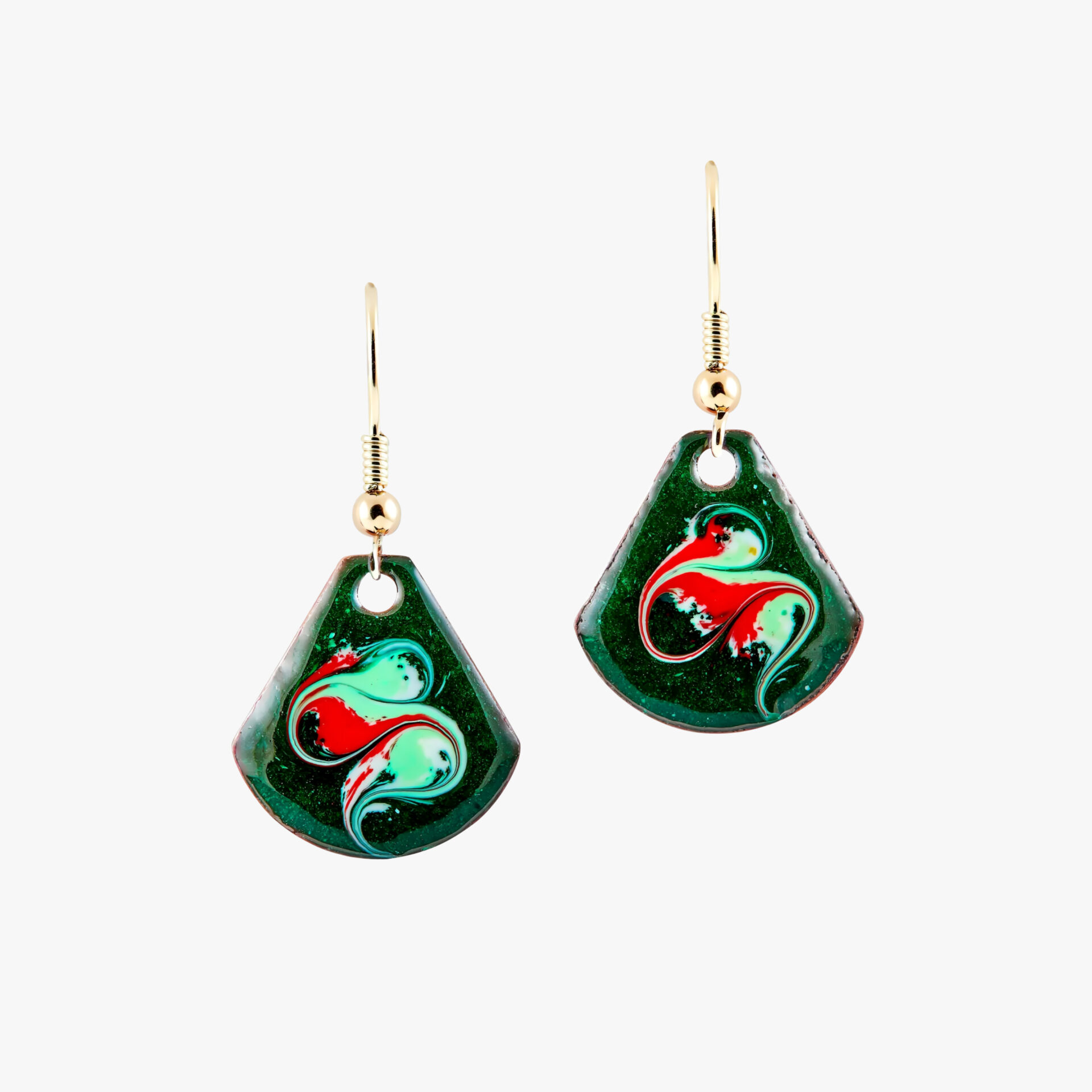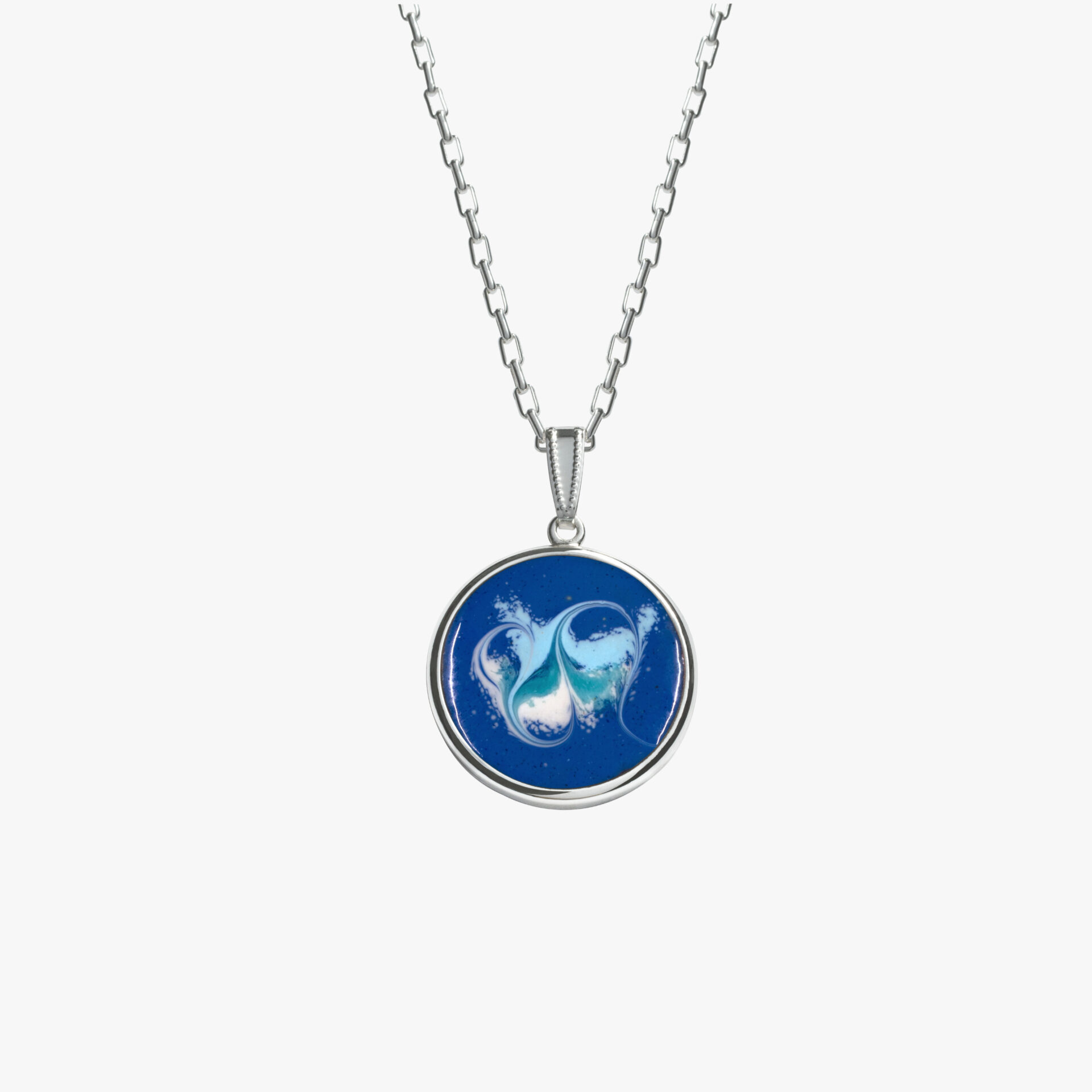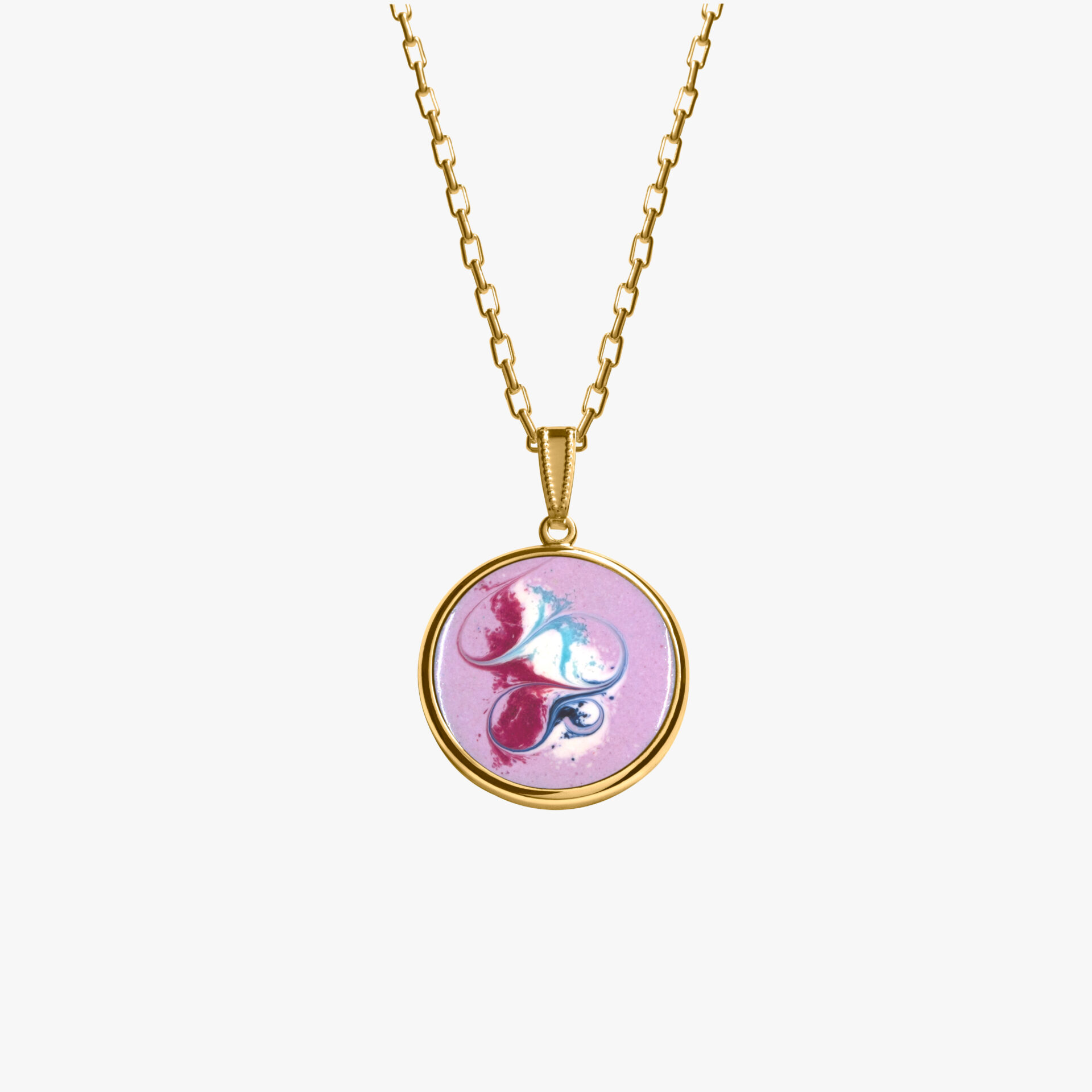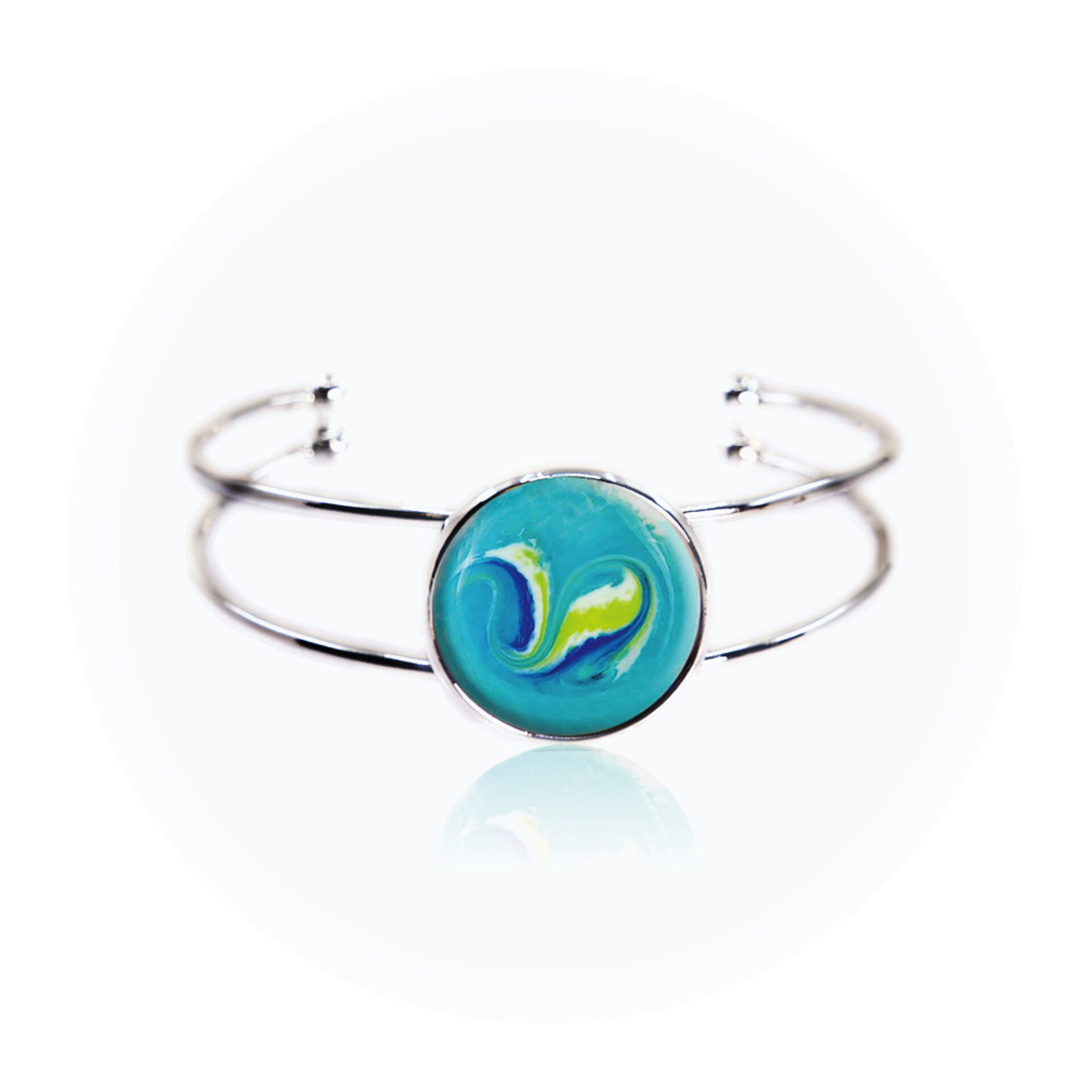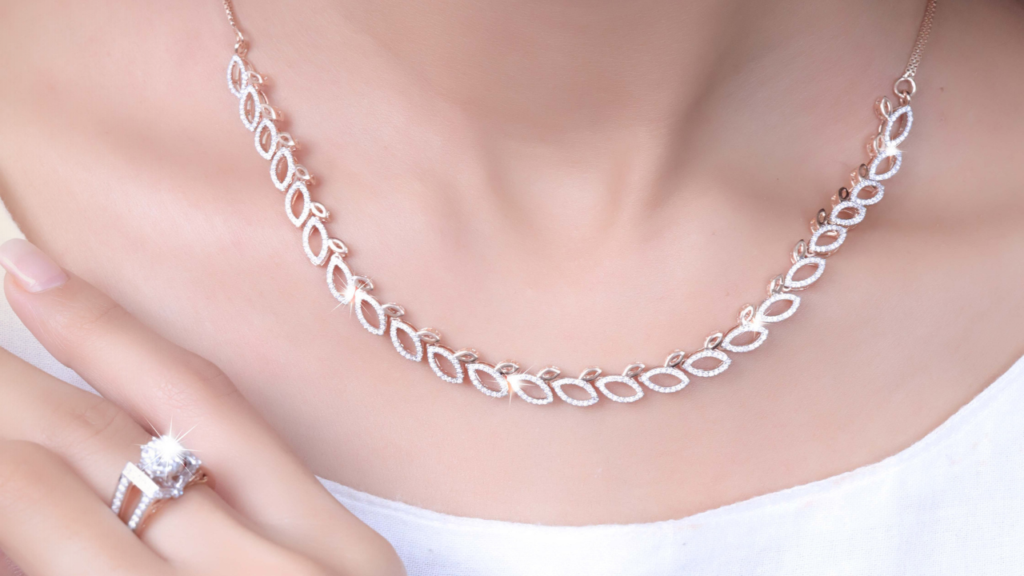Blog
What Does 925 Mean on Jewelry?
Understanding the Hallmark of Elegance and Authenticity
In the world of fine jewelry, every detail tells a story. From the cut of a gemstone to the polish of a surface, subtle elements shape not only the aesthetics of a piece but also its authenticity and intrinsic value. Among these elements, one small number carries a profound significance: 925. But what does 925 mean on jewelry, and why does it matter so much to discerning buyers, collectors, and artisans?
At Meabenamels, where craftsmanship meets narrative, we believe that understanding your jewelry is just as precious as wearing it. This guide will unveil the mystery behind the 925 hallmark, elevating your knowledge and your collection to new heights.
The Language of Hallmarks: What Is 925?
To put it simply, 925 is a purity mark stamped on silver jewelry to indicate that it is made of sterling silver. This prestigious alloy is composed of 92.5% pure silver and 7.5% other metals, usually copper.
This blend is deliberate. While pure silver, also called fine silver, boasts a purity of 99.9%, it is much too soft for everyday wear. Jewelry made with pure silver would bend, scratch, and lose its form quickly. That is why silversmiths, from historical ateliers to modern luxury houses, have long used sterling silver as the gold standard for durability and brilliance.
The number 925 is therefore a guarantee. It stands for more than just a metal composition. It represents quality, resilience, and prestige.
Sterling Silver: The Noble Companion of Jewelry Lovers
Sterling silver has held a place of honor in jewelry-making for centuries. In ancient Europe, it was used for royal tableware, ornate weaponry, and high jewelry. Its luminous sheen and ability to age gracefully, developing a patina that reflects the wearer’s history, make it an exceptional choice for those who value both style and substance.
But more than just beauty, 925 sterling silver represents a timeless trust. It tells you the metal has the strength to endure, the purity to shine, and the prestige to belong in a curated collection.
Why Not 100% Silver?
You might wonder why jewelers stop at 92.5% if silver is so revered. The answer lies in functionality.
Pure silver is malleable, too soft to hold a shape or resist wear and tear. By alloying it with 7.5% copper or other white metals, jewelers create a material that is not only harder and more durable but still retains the luminous white shine that silver is celebrated for.
So 925 is not a compromise. It is a refinement. It is the optimal balance of purity and performance, a formulation that has stood the test of centuries.
The Global Standard of Trust
925 is not a marketing gimmick. It is a regulated hallmark recognized internationally.
- In the United States, the Federal Trade Commission (FTC) mandates that items labeled “sterling silver” must be at least 92.5% pure silver.
- In the United Kingdom, hallmarking is enforced by law and overseen by Assay Offices that test and stamp precious metals.
- Across Europe and Asia, 925 is the benchmark for high-quality silver jewelry.
This universal recognition is what makes 925 so powerful. It is a language spoken by experts, trusted by collectors, and protected by law.
Not All That Glitters Is Silver: Beware of Misleading Marks
Unfortunately, not all jewelry bearing the 925 stamp is what it claims to be. Especially in mass production or unregulated marketplaces, some pieces may be silver-plated instead of solid sterling silver.
Here is what you need to know:
- Sterling silver means the entire piece is made of the 92.5% silver alloy.
- Silver-plated items are typically made from base metals like brass or nickel, with only a thin layer of silver on the surface. These should not carry a 925 stamp.
- Gold vermeil, another common category, refers to sterling silver plated with gold. In this case, 925 is accurate, but the surface appears gold-toned.
The 925 Mark and Jewelry Design
At first glance, the 925 stamp may look purely functional. It is often tucked discreetly inside a ring band or on the clasp of a necklace. But in truth, it is a badge of honor in the world of artisanal design.
How to Identify Real 925 Silver
If you are wondering how to verify if your jewelry is truly 925, here are a few tried-and-tested methods:
Visual Inspection
Look for a stamp. It might say “925,” “.925,” “Ster,” or “Sterling.” It is usually found in hidden areas like the inner band or under the clasp.
Magnet Test
Silver is not magnetic. If a piece is attracted to a magnet, it likely contains other metals or is counterfeit.
Weight and Feel
Sterling silver has a noticeable weight and a smooth, cool feel to the touch. Plated metals are often lighter and feel hollow or tinny.
Professional Testing
A jeweler can conduct an acid test or XRF test for precise analysis.
Is 925 Silver Worth Buying?
Absolutely. Here is why:
- Value: While more affordable than gold or platinum, sterling silver retains intrinsic value due to its precious metal content.
- Versatility: It pairs beautifully with gemstones, enamel, pearls, and other metals.
- Longevity: With proper care, a 925 piece can last generations.
- Sustainability: Silver is fully recyclable.
How to Care for 925 Sterling Silver
One of the many advantages of sterling silver is its ability to age gracefully. Unlike costume jewelry, 925 silver develops a soft patina over time, a kind of fingerprint that reflects its use and history. However, with the right care, you can preserve its brilliance and beauty for decades.
To clean 925 silver jewelry at home, begin by mixing a few drops of mild dish soap into warm water. Soak your jewelry for five to ten minutes, then gently brush it with a soft-bristled toothbrush to remove any buildup in crevices. Rinse thoroughly with clean water and dry the piece with a non-abrasive, lint-free cloth. Avoid using harsh chemicals, toothpaste, or even tissue paper, all of which can scratch the delicate surface of sterling silver.
When your jewelry is not being worn, proper storage plays a key role in preserving its beauty. Always store sterling silver in individual pouches or soft-lined compartments to prevent scratches. Reducing moisture with anti-tarnish strips or silica packs is highly effective. It’s also important to keep silver away from materials like rubber, latex, or certain household cleaners that can accelerate tarnishing.
Comparing 925 Silver to Other Precious Metals
Understanding what 925 means on jewelry naturally invites comparison to other precious metals like gold and platinum. While each metal has its own unique characteristics, sterling silver occupies a distinct place in both luxury and daily wear.
Gold, depending on its karat grade, is often more expensive, warmer in tone, and less prone to tarnishing. However, it can be less accessible due to its higher price point. Platinum, prized for its density and durability, is naturally hypoallergenic and extremely resistant to wear, but its cost is significantly higher. Sterling silver offers a luminous white tone comparable to white gold and platinum, yet remains more affordable and versatile. Though it may require occasional polishing, sterling silver provides excellent durability and aesthetic value for its price.
What makes 925 silver so appealing is this harmony between elegance, performance, and accessibility.
The Emotional Value of Sterling Silver
Jewelry is more than a visual ornament; it is a personal archive of emotions, milestones, and memories. Sterling silver has always held a special place in this emotional landscape. Its soft gleam and classic finish make it a preferred material for sentimental pieces, engraved tokens, and gifts that carry emotional resonance.
Whether it is a charm bracelet gifted at graduation, a silver locket handed down from a grandmother, or a pair of earrings celebrating a new beginning, 925 silver acts as a vessel for personal stories. Its gentle luster complements both modern and vintage aesthetics, creating a connection between generations.
How to Shop for Real 925 Jewelry
If you are exploring new additions to your collection, knowing how to identify authentic 925 silver is essential. Begin by inspecting the piece for the hallmark itself, which often appears as “925,” “.925,” or simply the word “Sterling.” This marking is typically located on the inner band of rings, the underside of pendants, or near the clasp of bracelets and necklaces.
It is important to choose reputable brands known for their transparency and craftsmanship. A trustworthy jeweler should always provide details about materials used, and ideally a certificate of authenticity. If a piece is priced far below market value, be cautious, as it may be silver-plated rather than solid sterling silver. Examine the finish, weight, and feel. True 925 silver will have a refined polish, substantial weight, and cool smoothness to the touch.
Final Thoughts: What Does 925 Mean on Jewelry?
The number 925 is more than a hallmark. It is a standard that represents trust, a tradition upheld by artisans, and a promise to the wearer. It confirms that the piece in your hand is made of sterling silver, a noble alloy that combines purity with strength and elegance with endurance.
For centuries, 925 silver has played a quiet but powerful role in the world of fine jewelry. It has adorned royalty, captured emotions, and marked life’s most important milestones. Today, it remains as relevant as ever, a perfect blend of affordability, beauty, and symbolic depth.




